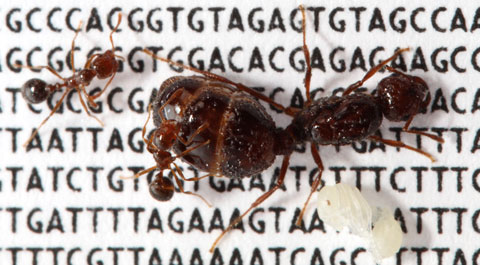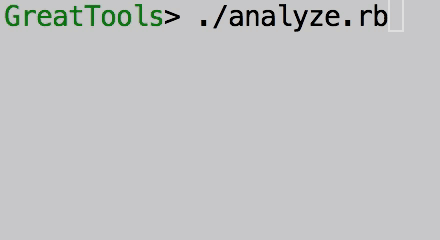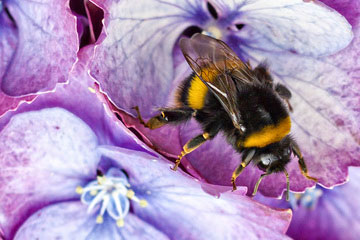Genomic bases of sociality in insects
Theory can explain benefits and costs of social evolution, but we are only beginning to understand its molecular bases.
We examine the interplay between social evolution and genome evolution. As part of this, we identify genes and mechanisms involved in the evolution of insect societies.
Our findings have general impacts on understanding how new phenotypes evolve.



